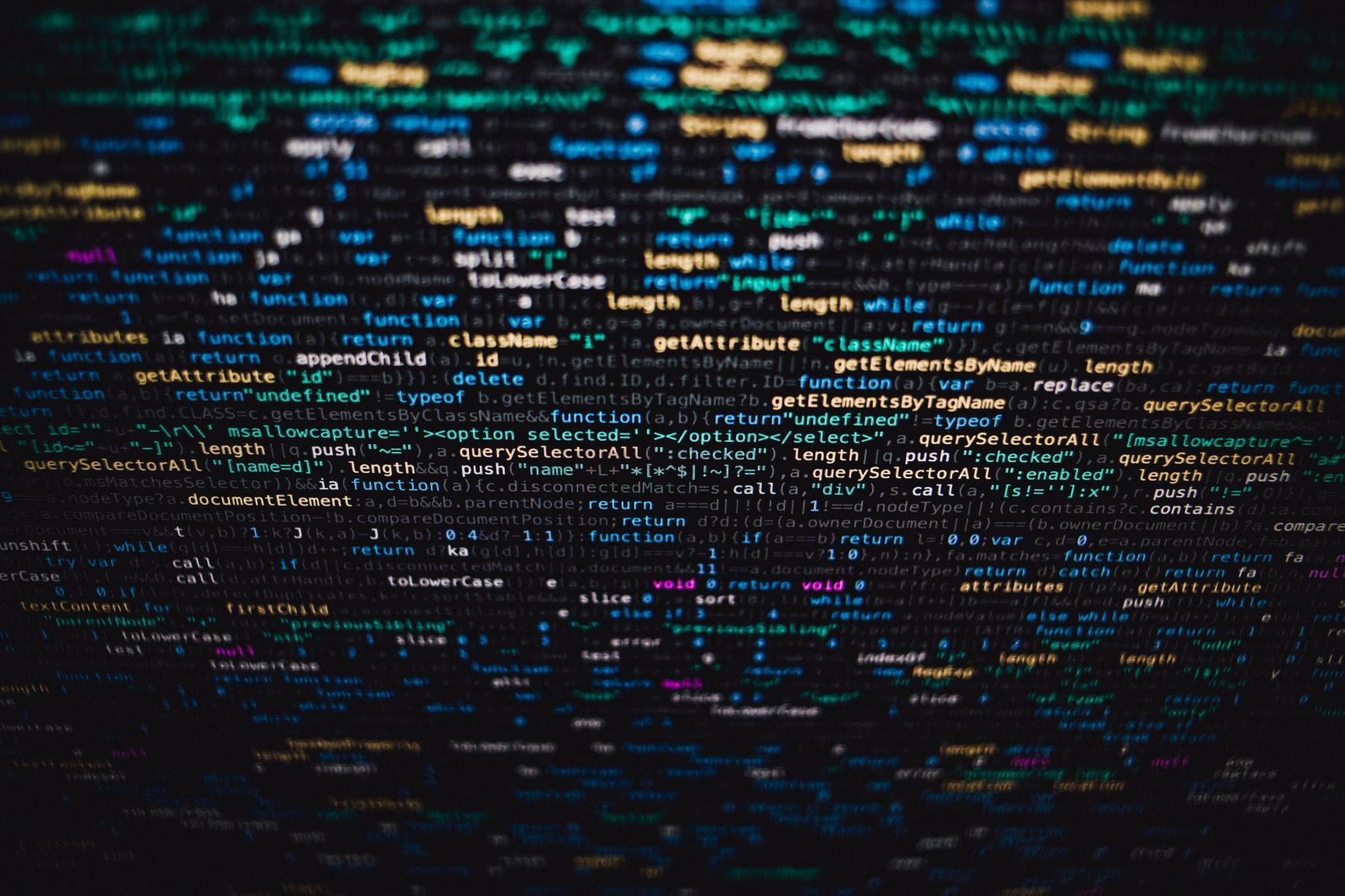The application software sector is undergoing profound and rapid change, according to GlobalData, an analytics company. Its latest report ‘Tech, Media, & Telecom Trends 2020 – Thematic Research’ reveals a growing integration of software.
Here are GlobalData’s top application software technology trends:
Cloud: The cloud is an important model for IT resource delivery. The growth of application programming interfaces (APIs) has made sharing data easier and encouraged the development of new applications. A new wave of platform services will use artificial intelligence (AI) to increase operational efficiency and automate workflow controls.
Process automation: Process automation refers to robotic process automation (RPA), in which new developer technologies will help shore up various phases within the application lifecycle. RPA uses AI, low-code platforms and software robotics to automate manual processes.
Machine learning: Machine learning is a high priority for businesses everywhere. There are relatively few AI specialists, and developing a model is a time-consuming and resource-intensive process. As the market matures, enterprises will incorporate data from a variety of sources into their machine-learning models.
AI libraries: To overcome the skills gap, vendors are designing products specifically for people without data science skills. Vendors are offering translation services, speech-to-text, natural language generation, image recognition and video analysis to non-AI specialists.
Conversational platforms: Conversational platforms employ a variety of technologies to enable human-like interactions with computer systems. Virtual personal assistants like Amazon’s Alexa or Google’s Assistant can schedule appointments, provide weather updates and play music based on voice commands. In 2020, application platform providers will develop user interface tools to support advanced conversational platforms.
Open-source AI: AI relies heavily upon open source (OS) technologies. Google’s machine learning framework, TensorFlow, is a prime example of this trend. Released via the Apache OS license in 2015, TensorFlow is currently available to developers across most public cloud platforms. Investment in OS AI technologies will proceed apace, particularly among vendors selling both open and proprietary technologies.
Augmented reality (AR): AR allows the user to see the real world overlaid with a layer of digital content. Having come to worldwide attention in 2016 with Pokémon Go, the next two years will be pivotal for AR. Its chances of crossing over to the mass consumer and corporate markets will be determined by the richness and variety of AR content, the development of smartphone applications and the arrival of all-in-one glasses.
[Image credit: Markus Spiske for Unsplash]










